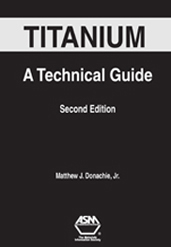Technical Paper
Weld Durability Analysis by Equilibrium-Equivalent Structural Stress Approach
2006-10-31
2006-01-3576
Welding has been used extensively in automotive components design due to its flexibility to be applied in manufacturing, high structural strength and low cost. To improve fuel economy and reduce material cost, weight reduction by optimized structural design has been a high priority in auto industry. In the majority of heavy duty vehicle's chassis components design, the ability to predict the mechanical performance of welded joints is the key to success of structural optimization. FEA (finite element analysis) has been used in the industry to analyze welded parts. However, mesh sensitivity and material properties have been major issues due to geometry irregularity, metallurgical degradation of the base material, and inherent residual stress associated with welded joints. An approach, equilibrium-equivalent structural stress method, led by Battelle and through several joint industrial projects (JIP), has been developed.

